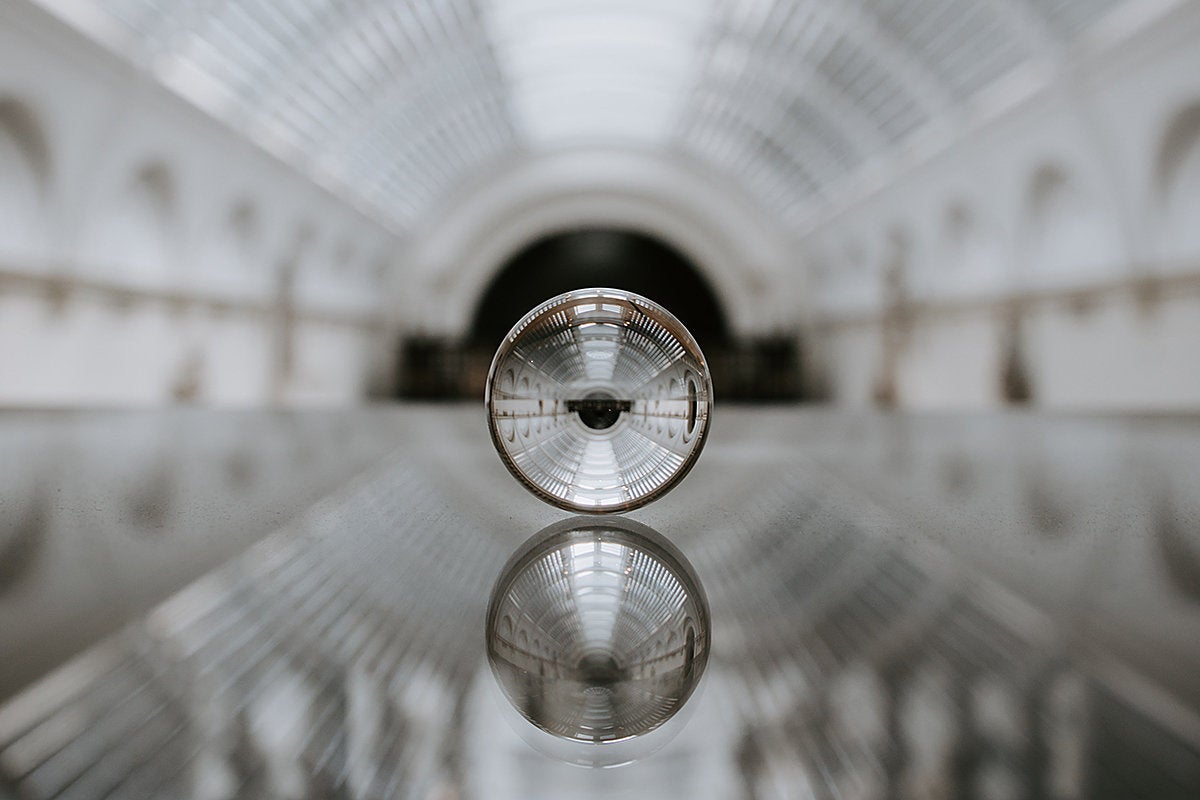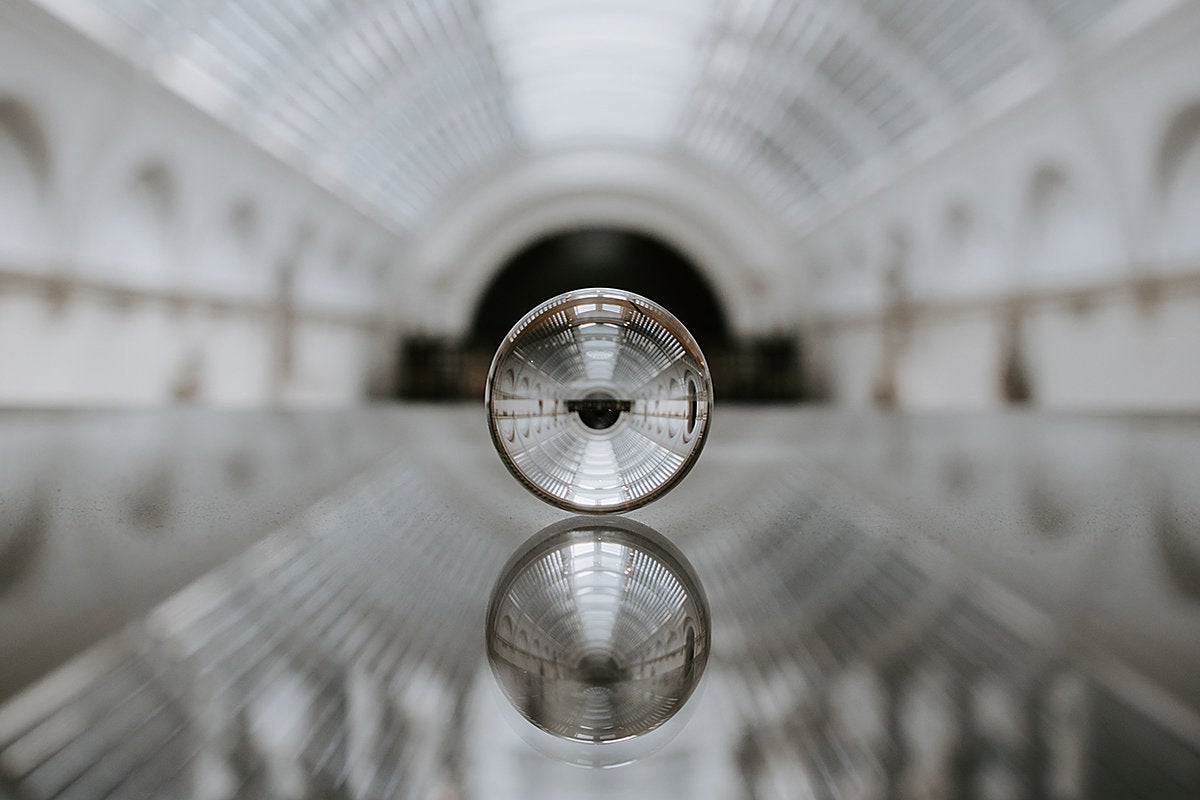
There’s a real lack of nuance and context these days in so much of the reporting about Apple. Products the company has never announced are declared delayed, while rumored products might be described as being abandoned — not because they are delayed or abandoned, but because those rhetorical terms fit the narratives being put together by the latest breed of crisis journalists.
What if everything is true?
Some math is simple. One plus one usually equals two. But there are exceptions. And it’s the lack of awareness of those exceptions that’s fostering cognitive dissonance in the Apple sphere.
Take Apple’s work in energy.
Energy is essential. Apple invests in energy across the lifecycle of its products: It invests in energy production in the form of renewable sources; it continues to improve product energy consumption and invests in battery and power delivery technologies, as seen in MagSafe.
The company has been investing in wireless energy for years. Research sometimes hits hurdles, however, as proved when AirPower was announced and subsequently withdrawn, presumably because the tech at the time proved itself less capable of delivering a consistent experience than required in a mass market product. But AirPower’s stumble didn’t mean Apple stopped working on energy technologies. Work continued somewhere in Apple’s massively financed c.$21 billion R&D department.
That shouldn’t be surprising.
Taking a look at it all
To be blunt, it’s simply common sense that Apple’s research teams continue to explore every possible pillar supporting its consumer electronics empire. It stands to reason that Apple continues to develop short-range and long-range wireless charging and the capacity for devices to charge up each other inductively. (It would be more surprising if it didn’t — particularly when QuantumScape, Volkswagen’s favored solid-state battery technology firm, is based in its San Jose back yard.)
The same logic applies to Apple Car.
Over the many years this speculation has existed, we’ve been told the project has stopped, been rebooted, delayed — and now we hear the car will be hitting roads perhaps as soon as 2025 (with a subsequent report claiming another delay).
Confusing, isn’t it?
The more nuanced approach to this topic would be to report that Apple is developing a range of technologies that relate to autonomous and semi-autonomous vehicle design. Those technologies must surely include everything from the wheels to seat design, from building processors capable of running the AI to developing Face ID for door entry. Not every component will be improvable, but those that can benefit from Apple’s touch will be redesigned (and many may be outsourced). Though redesigning everything takes time.
Think about the M1 Macs.
We were told speculation Apple wanted to move Macs to Arm chips was misplaced. And yet, we’ve now learned that Apple worked for years to achieve its own Mac chips.
Once again the polarized “all-or-nothing” approach to Apple reporting masked a more nuanced truth: Apple is always working on alternative solutions somewhere in its labs. That implies it may already looking at other processor designs to replace ARM.
Apple probably has a patent for that
Apple’s researchers do keep a low profile, but they show up, attend industry events, and deeply examine emerging technologies. Apple’s people even work with others on industry standards, including for future tech evolutions such as 6G.
Look at Apple’s patents. It files hundreds every year. Most come to nothing, but each reflects research that has taken place behind the scenes. In the last few weeks, dozens of patents for gesture controls for headsets and displays, holographic projections, AR headsets, glass ceramics in imaging sensors, retractable keyboards, vehicle suspensions and smart clothing have all been granted.
Does Apple plan a range of kinetic energy powered smart clothing with built-in textile screens? Perhaps — it owns more than 40 patents associated with the idea. It won a patent to anchor virtual to real-world environments in 2016, one year before AR hit iPhone.
That’s the nature of Apple. If you want to get a sense of what’s possible, spend time glancing through the c.147,000+ patents it holds.
They don’t all come to life, of course.
What it doesn’t do
How many times have we been told the company is as proud of the things it doesn’t ship as of those it does? But don’t imagine Apple’s internal teams don’t occasionally dust off those old project files to see if the plan makes more sense now, given any relevant technology advances that may have emerged
You can even tell this is what the company does.
How many Apple TV patents and products existed before Apple TV? How many tablet-style mobile devices? How many portable gaming devices that may look more tempting with Apple Arcade? Will Apple introduce an M-processor powered 8K QuickTake video camera to reclaim the brand that launched the digital camera industry while putting its AI-enhanced imaging technologies into the heart of Hollywoodland?
To my mind, it’s way more interesting to embrace the many different areas in which Apple is applying its research muscle, rather than remaining trapped in a product-driven and inherently polarized “good/bad,” “true/false” narrative.
I see it as the best approach to thinking about the company, particularly if it is your business to be ready first when Apple turns its research into mass market platforms that unleash new opportunity. Such as the incoming Apple AR glasses.
Please follow me on Twitter, or join me in the AppleHolic’s bar & grill and Apple Discussions groups on MeWe.



